Europe on my plate
A culinary trail through Europe will make you fall in love with the places.
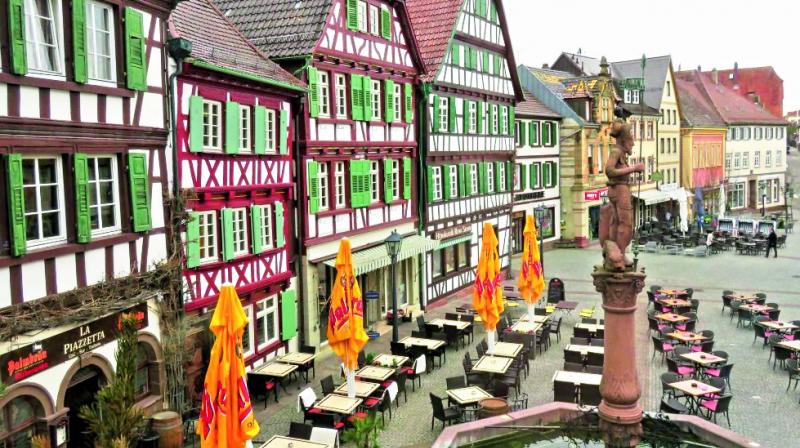
You cannot get an influence from the cuisine of a country if you don’t understand it. You’ve got to study it.” — Chef Ferran Adria. Recently, I got the chance to travel across Europe for a culinary trip, to explore the unique cuisines of these regions, and eat in the quintessential Europe quaint restaurants — some even celebrated with Michelin stars. We dined along with chefs and owners who explained the soul of the food that they were cooking. The destinations we touched on during the course of our trip were Germany, Italy and Switzerland, with Spain being the last leg of the tour.
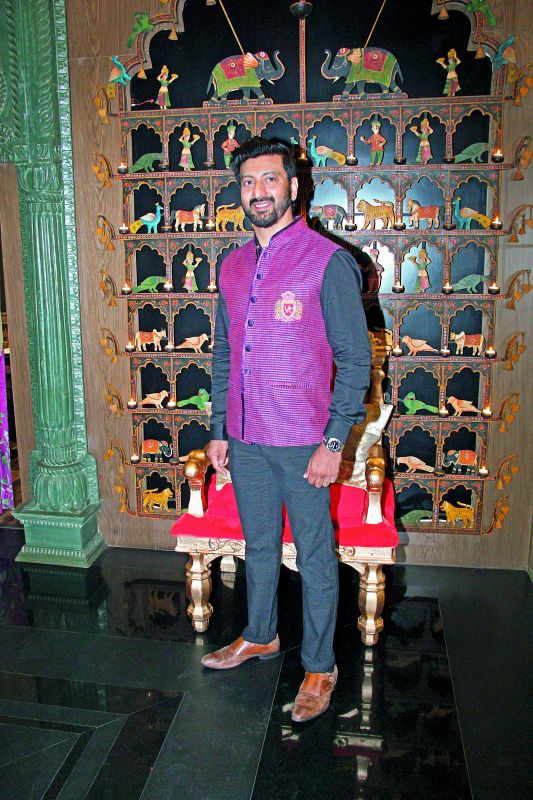
Our first stop was Bretten, a small town in Germany which is a 90 minute drive away from Frankfurt Airport. The centre of Bretten consists of several old, medieval, half-timbered houses, around a lively marketplace. We were able to see a Wednesday market set-up that offered bread, cold cut meats and vegetables.
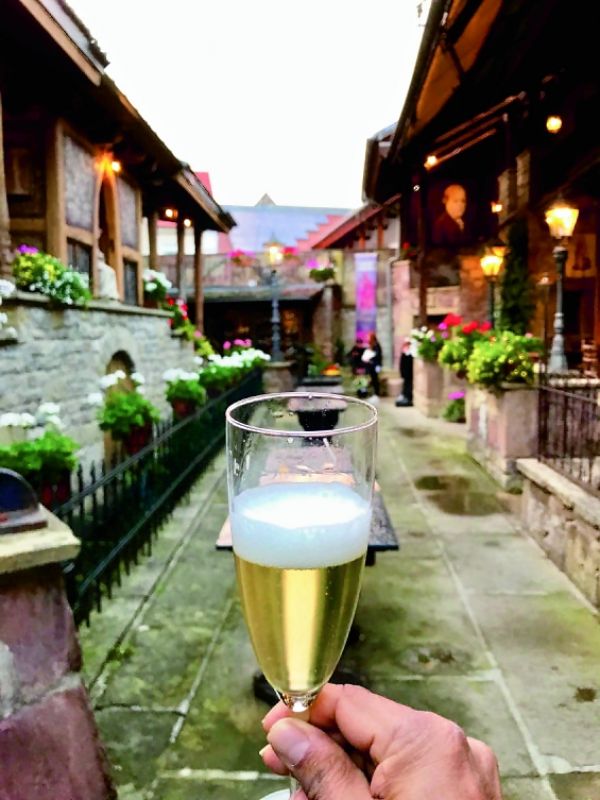 Food trails through Europe
Food trails through Europe
The speciality of this place is their unique beer, which is fermented in a bottle. The drink is aged for two years in oak barrels, following which it is boiled and filled in champagne bottles and left to ferment for twenty days at 25 degree centigrade. The result is a unique sparkling aromatic beer!
 Food trails through Europe
Food trails through Europe
A 45-minute drive from the town of Bretten took us to a small but beautiful castle that operates as a restaurant in the evening, Castle Ravensburg. There, surrounded by vineyards, we had a specially laid out dinner.
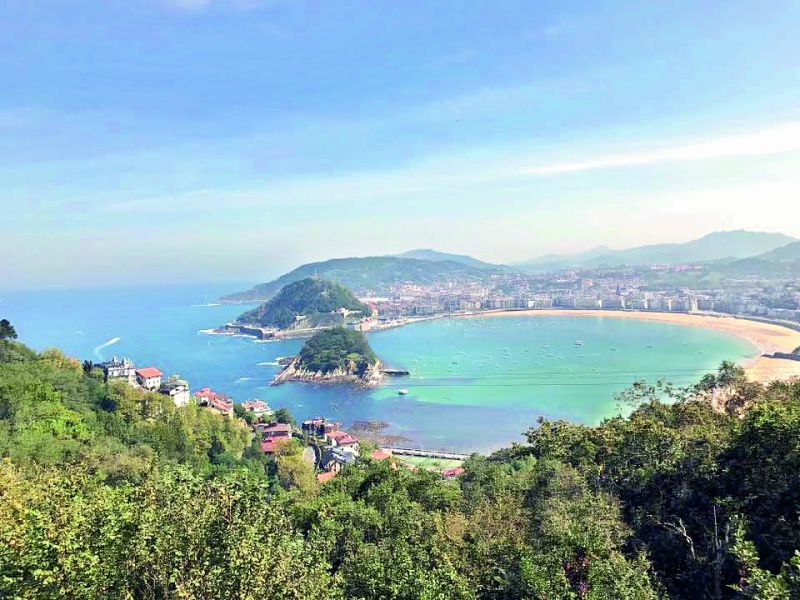 A view of San Sebastian
A view of San Sebastian
The next day, we took a local train to Wolfenbuttel, which is a nostalgic old town with over 600 half-timbered houses, magnificent churches, opulent palace and the world-renowned Duke August Library. Today, the town is mainly known throughout the world for the Jägermeister digestif, made of 56 herbs. We had dinner in Bayrischer Hof restaurant, which is housed in a converted Nazi bunker of World War II and mainly served German fare.
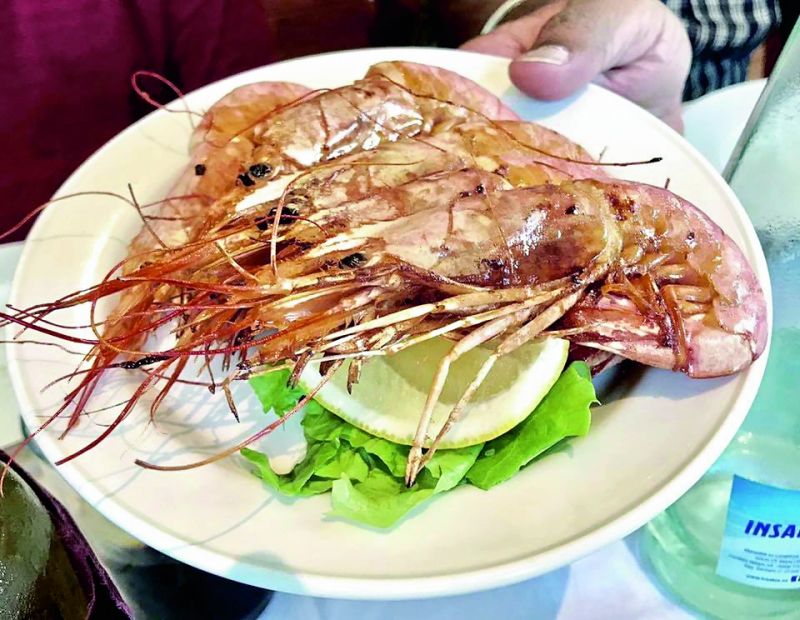
We arrived in Berlin on a local train the following day. It was September 17, and the second day of the Oktoberfest. There was a marquee put up on the grounds next to the Berlin main train station, inviting people to a certain space for the celebrations. We set out to go sightseeing and by the time we got back, the Oktoberfest party was in full swing. Local tap beers were flowing, portions of pretzels were at every table and other Bavarian snacks and food were served. Local bands dressed in traditional attire were whipping up the local crowd dancing to frenzy. There were impromptu violin renditions and traditional Bavarian dances. Overall the Oktoberfest was a festival that needs to be on your bucket list.
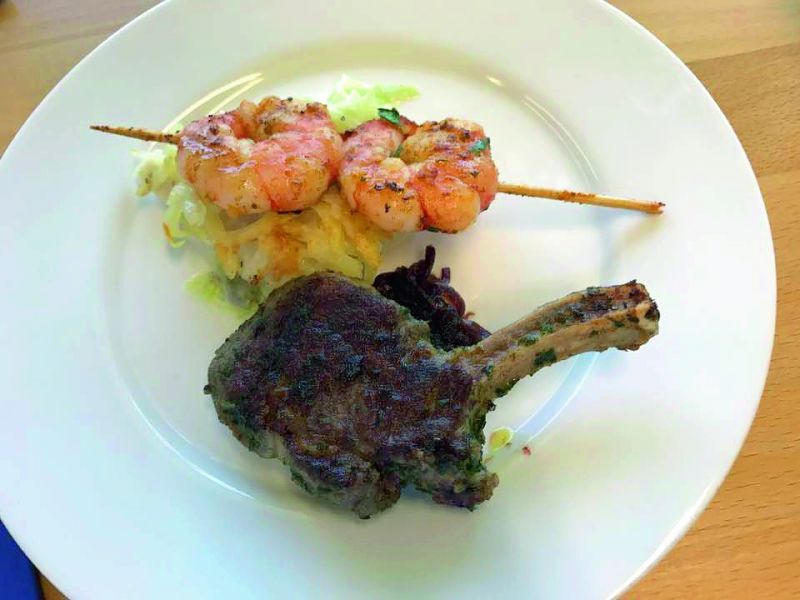
The second phase of our trip took us to Italy. Our first stop was Venice, where we enjoyed the gondola rides and ate Spaghetti Arabiatta with extra virgin olive oil in the small restaurants around the St. Marks Square. The evening dinner was booked at a Michelin Star restaurant — Trattoria Do Forniin, on one of the myriad streets of Venice. The speciality of this restaurant was the fish cooked in rock salt, Spaghetti Aglio Olio with mussels and the Chocolate mousse cake.
One of our highlight dinners in a small town called Paduva, which is famous for the Church of St Anthony, was in a restaurant called Alla Catina. A small family-run pizzeria, we had the opportunity to indulge in the best seafood antipasti and pasta of the entire trip.
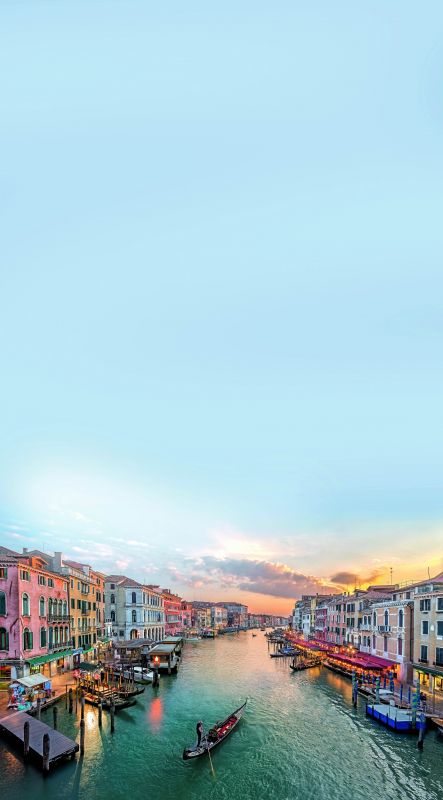 Gondola ride in Venice
Gondola ride in Venice
The last leg of our trip was the highlight of the culinary tour. We went to the Basque country in northern Spain, which has a unique cuisine. Our first stop was in a small town called Hondarribia, an hour-long drive from the big seaside city of San Sebastian. We arrived in the afternoon and checked into a hotel where the rooms overlooked a street filled with restaurants. The entire street came alive as if it were the weekend. This street was famous for the Pintxos (or pronounced Pinchos) that are small delicacies of meat, seafood and vegetables on bread pierced with a stick. Similar to tapas of Southern Spain, pintxos is a bit more flavourful and offers more seafood.
The next day we were at La Concha beach, which matches anyone’s perspective of the perfect beach. While here, we wanted to eat the Paella (a rice dish famous in Spain). We found out that restaurant Alaia serves the best Paella in the region. The view from this restaurant was spectacular and the seafood Paella certainly did not disappoint.
This was the last leg of our culinary journey, which ended with a lot of photos, memories and lasting relationships with people, culture and food.
The writer is a prominent face in the hospitality industry.

